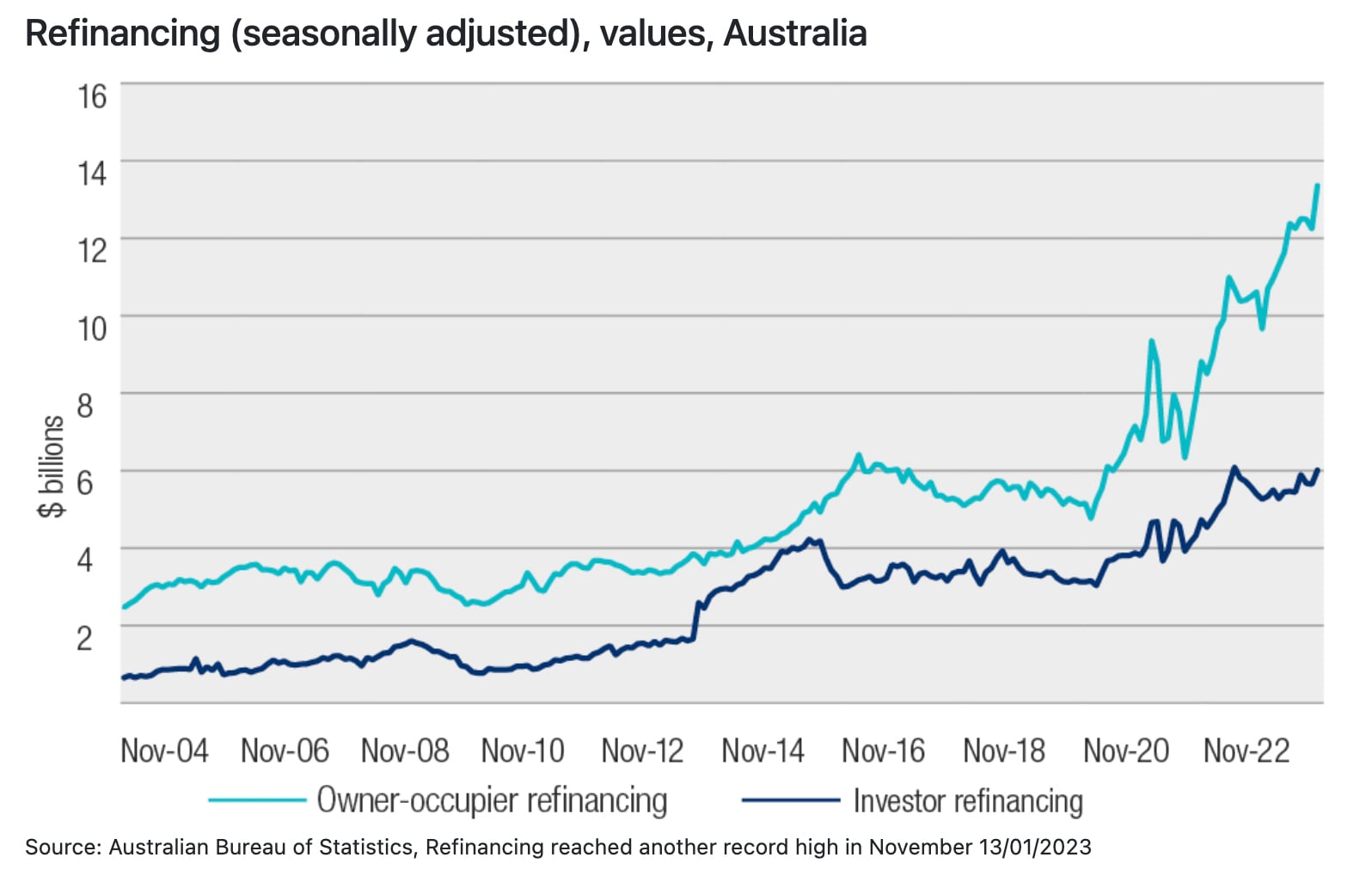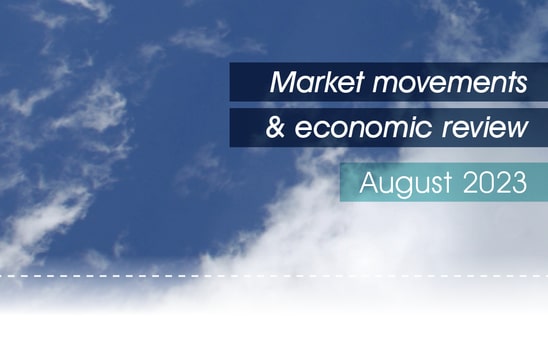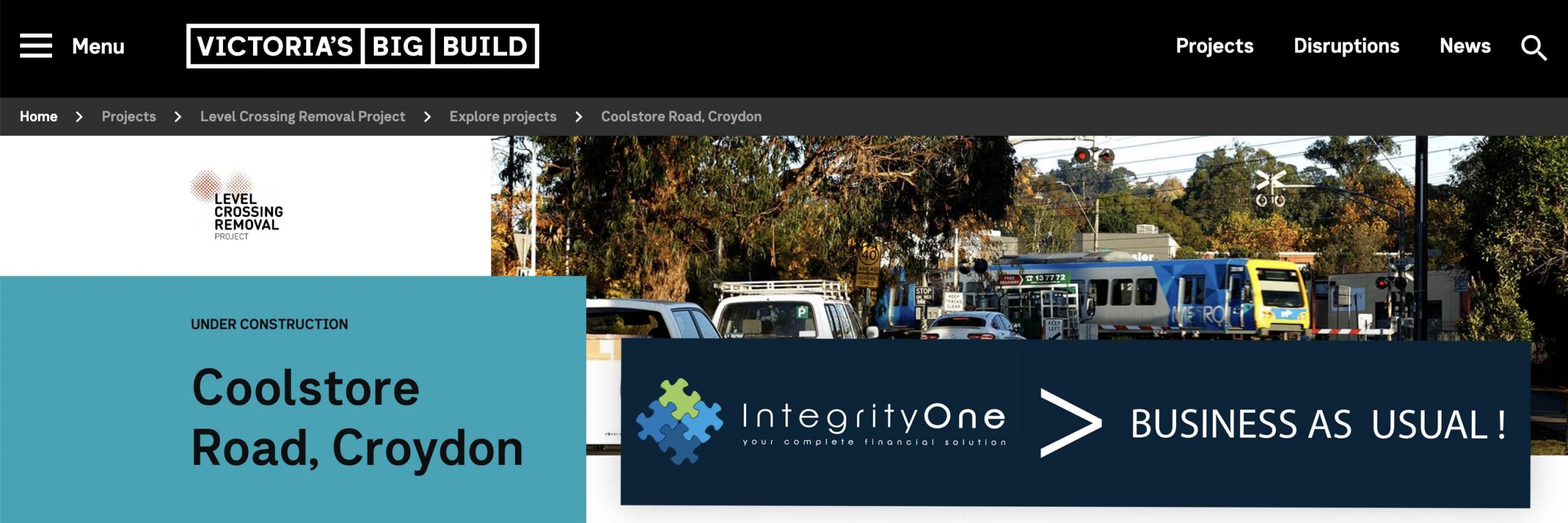
Australia’s housing recovery gains momentum in August
Interest rates continue to be a hot topic of conversation among commentators, economists and mortgage holders. There is cautious optimism that rates are approaching stabilisation with rates remaining unchanged over the last two months of the quarter.
National growth back in the black
The CoreLogic National Home Value Index reached a milestone over the winter period, clawing back loses over the last 12 months to grow by 0.8% in August. The National HVI rose for the sixth consecutive month in August since bottoming out in February with growth broadly recorded across the country, the rate of growth increased again in August after the previous two-month trend slowing capital gains.
What impact are interest rates having?
She believes with interest rates are nearing their peak, this will likely sustain current market confidence and maintain the lift in home values. However, she cautions, “the full impact of recent rate rises is yet to be felt, and the potential for further tightening remains a headwind for the market.”
Spring starts with a bang
The strong winter momentum looks set to flow into the spring selling season. Spring is set to start with a bang, with PropTrack data showing that the number of auctions scheduled for the first week of spring is up 13% compared to the same time in 2022.
PropTrack economist Anne Flaherty believes the unusually high number of auctions could be due to sellers holding off selling their properties over the first half of this year and late last year, a general improvement in selling sentiment and confidence increasing amid signs that interest rates may have peaked.
The influx of new properties hitting the market could be good news for buyers working to alleviate some of the competition.
Dwelling values over the quarter
The national Home Index Value grew by 2.5% over the quarter, with Brisbane leading the way. Within the capital cities, house values rather than unit values generally showed a sharper recovery trend.
Sydney
Sydney grew 3.8% over the quarter, with the Harbour City’s ongoing recovery now placing dwelling values at 1.2% higher over the last 12 months. Sydney’s monthly pace of growth has increased to 1.1% in August, with the rental yield holding relatively steady at 3.1%.
Melbourne
The Victorian capital continued its steady growth with 1.6% over the quarter, growth slowing slightly in August compared to July. The rental yield unchanged in August with 3.5% returns.
Brisbane
Brisbane led the growth for the nation’s capital cities in August with 1.5% growth and increasing by 4.2% over the quarter. In Brisbane, renters can take note of the 4.2% gross rental yield in August.
Canberra
Canberra recorded an increase of 0.5% over the quarter. After a decline in growth in July, dwelling values rebounded to grow by 0.3% in August. The nation’s capital has a current gross rental return of 4.0%.
Perth
Perth saw a 2.9% jump in values over the quarter, building on its annual growth of 4.5% and recording a new cyclical high through August. One of the few cities to do so. Investors will be happy with the country’s second highest gross rental return (behind Darwin) at 4.9%.
Note: all figures in the city snapshots are sourced from: CoreLogic’s national Home Value Index (September 2023)
If you have any questions or need any information please give us a call on 039723 0522.





